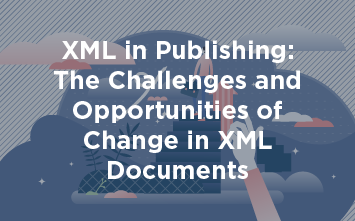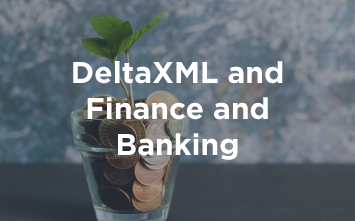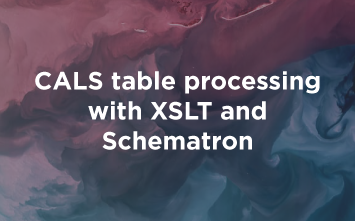Conference Paper
The Impossible Task of Comparing CALS Tables
Finding out what has changed in a CALS table is remarkably complicated. Additional complexity arises when authors use empty columns for layout or use column or row spans specified in unusual ways, or when applications simply do not follow the standard. Can we successfully show changes within tables?
Overcoming the impossible
The CALS table format for XML is one that is widely used and very capable, and it has been in use for many years. It is capable, but complex. In this paper we describe its capabilities before moving on to the challenges of finding change between two tables that, ideally, have the same basic structure but in reality can be very different in structure and content.
Impossible problems that need to be solved are not uncommon, especially in engineering. The trick is to simplify the problem so that it can be solved and then, as far as possible, introduce some of the complexity back into the simplified solution. Restricting ourselves to comparing tables as XML markup may be useful to the technical user but is less satisfactory when looking at the rendered result, and it is this rendered result that is of interest now to the majority of users, who tend to be less technical. This paper explores a better approach.
Read this confluence paper to:
- Understand the importance of CALS tables within XML documents.
- Review the challenges faced when comparing CALS tables.
- Explore the different strategies we can take to get clear representation on change in CALS tables.
- Review the different ways we can represent change in a visual way anyone can understand.
“So treating table alignment as a variation on general XML alignment has its drawbacks. Originally our users were very technically aware and interested in the detail of the markup. Nowadays they are more interested in seeing the final result in a rendered table.”
Related Media

On-demand Webinar
XML in Publishing: The Challenges and Opportunities of Change in XML Documents
Publications change constantly throughout their lifecycle. More control over how change is represented speeds up and enhances your publishing process, especially when you can adapt the output of changes for different reviewers, editors or even customers.

Industry Use Case
DeltaXignia and Finance and Banking
Learn how DeltaXignia is helping documentation and data specialists in the finance sector to keep tight control of change and achieve compliance more readily.

Conference Paper
CALS table processing with XSLT and Schematron
CALS tables are a staple of technical documentation standards, guided by OASIS specifications with semantic rules for validity. This paper shares insights from processing and validating CALS tables.

